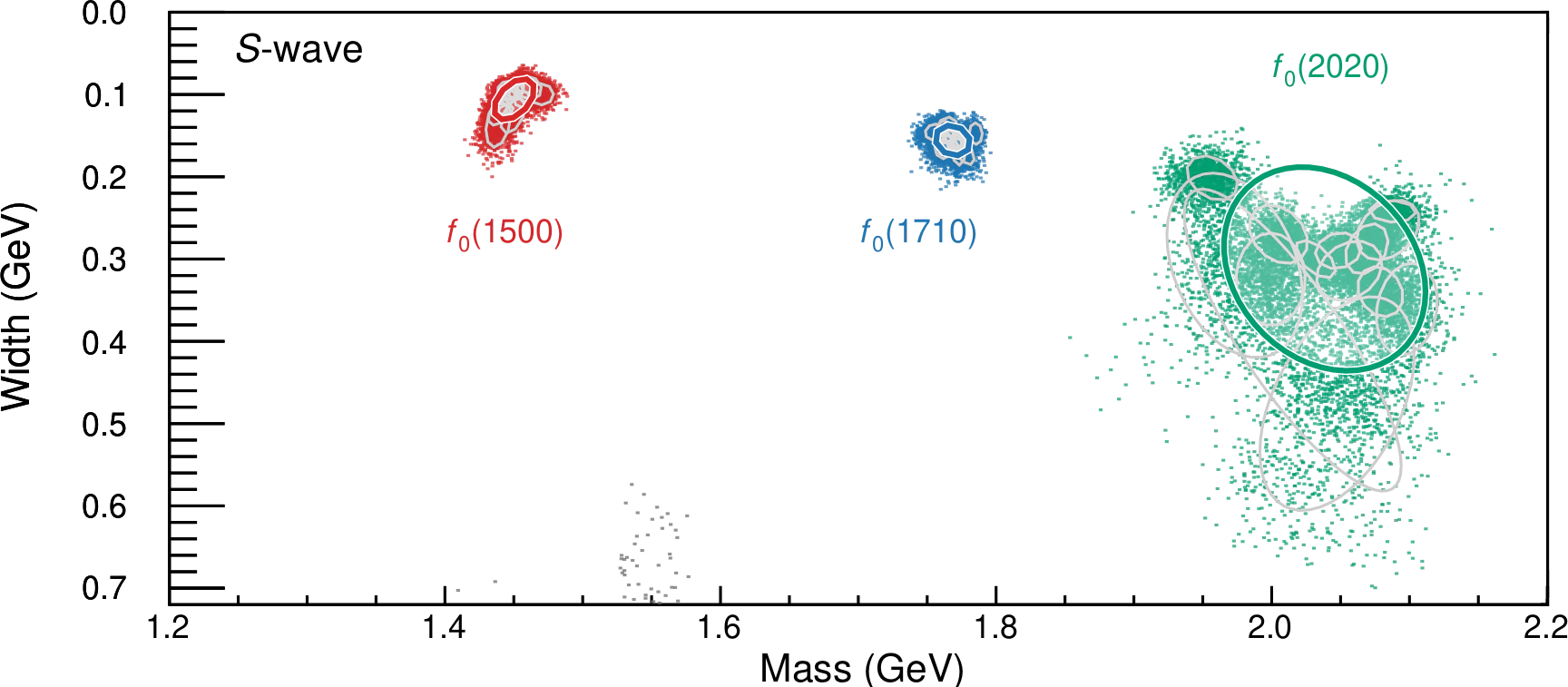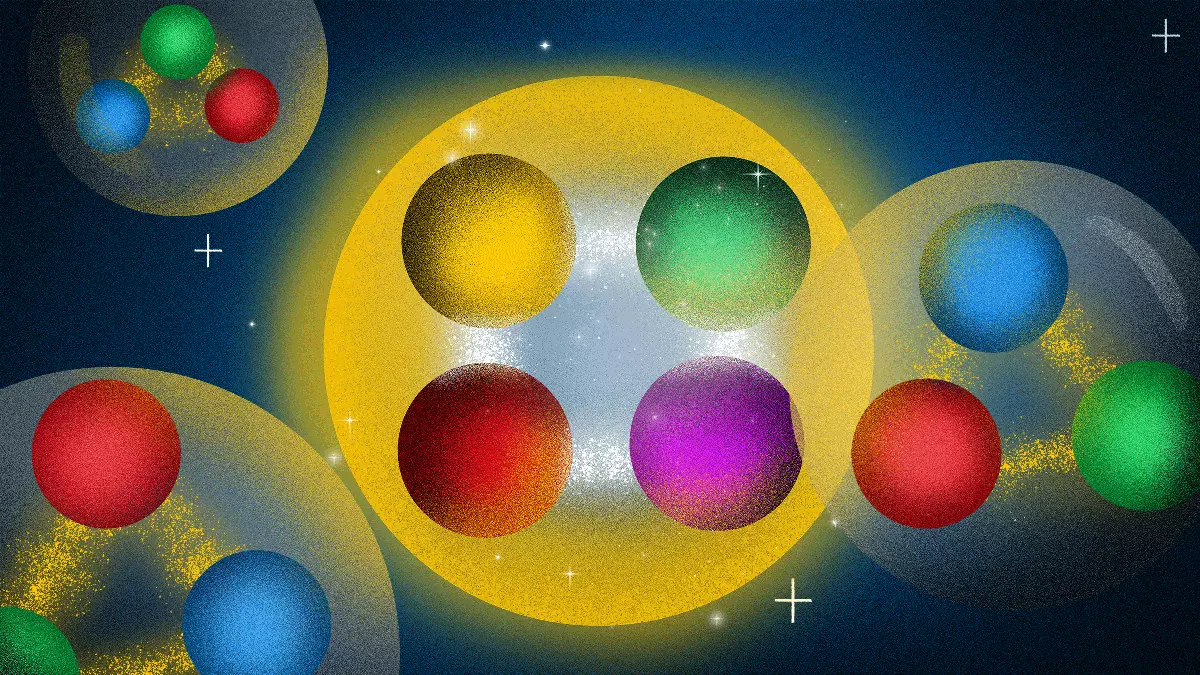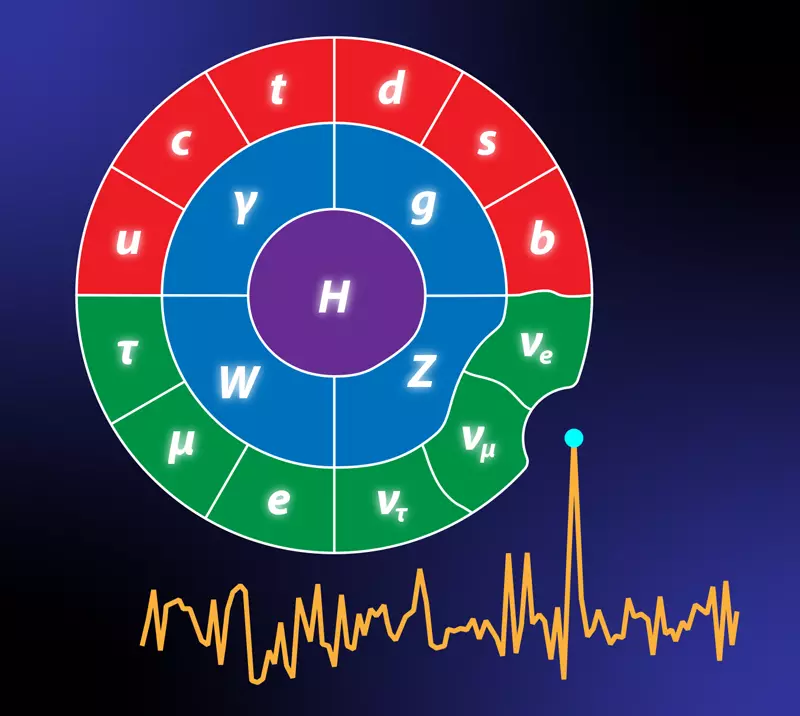Biography
I am an Associate Professor in physics at Messina University and affiliated to the National Institute for Nuclear Physics (INFN), unit of Catania, Italy. Previously, I was a “Fellini” Marie Skłodowska-Curie Fellow at the INFN unit in Rome, Italy; a Postdoctoral Researcher at the European Centre for Theoretical Studies in Nuclear Physics and Related Areas (ECT$^*$) in Trento, Italy; a postdoc at Jefferson Lab in Newport News, VA, USA; and a graduate student at “Sapienza” University in Rome, Italy.
Most of my research work has been focused on the low-energy regime of Quantum Chromodynamics, in particular on the spectroscopy of exotic states, that do not fit the usual quark model. I developed several models to parameterize the reactions involving exotics, as the $XYZ$ in the heavy quarkonium sector, or the hybrid mesons in the $\eta^{(\prime)} \pi$ system. My interests do not only focus on spectroscopy but span several different aspects of QCD phenomenology. This research is located at the frontier of theory and experiment, and has allowed me to establish close connections with the experiments. To achieve this, we established the JPAC collaboration. I am a member of the BaBar Collaboration, and I have been affiliated to LHCb.
My path to academia was nonlinear. In high school, two classmates and I created a website to collect educational material and help other students with their homework, Skuola.net. After my BSc, we founded a company to manage this website, that has become one of the most important in the Italian educational landscape. After working there for five years, I decided to switch back to academia. I also studied as a classical guitarist, as you can see here.
Interests
- Hadron Spectroscopy
- ML applications to Nuclear Physics
- Precision tests of the SM
Education
PhD in Physics, 2016
"Sapienza" University
MSc in Physics, 2012
"Sapienza" University
BSc in Physics, 2006
"Sapienza" University


